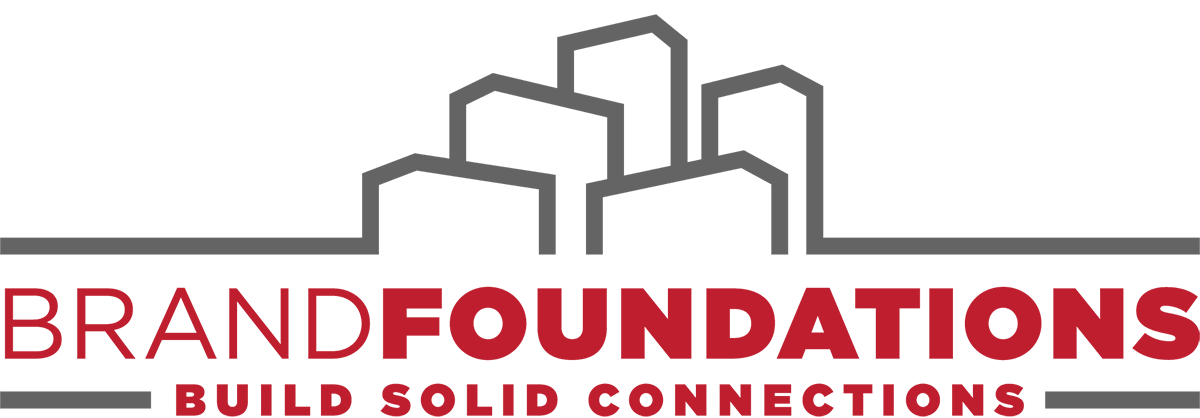Many leaders have a hard time getting their hands around their corporate culture. They sense it’s there, but struggle to find the words to describe it. They know it has an impact on the business, but they can’t measure or quantify it. But getting comfortable with culture – recognize it, defining it and shaping it – is critical for top executives.
One of the best culture frameworks for business leaders is the book Tribal Leadership, which first came out in 2008. Of all the resources on culture that we have run across, it remains the simplest and easiest to remember and allows one to get a feel for an organization’s culture very quickly, based simply on language.
Which Tribe is Yours?
Tribal Leadership is based on the belief that humans naturally (and sometimes unknowingly) congregate in tribes of 20-150 people, and we’re members of multiple, often overlapping tribes. These tribes, and the people within them, tend to group together based on one of five stages:
Stage 1 Tribes are something most of us will never experience (hopefully). They are people grouping together purely for survival and violence is prevalent. Prison gangs are an example. The motto they all share is “Life Sucks.”
Stage 2 Tribes are something we have all experienced – at the DMV, airport security line and post office. They are one step removed from gang-rule and feature just enough innovation and cooperation among members to avoid being fired. Their shared belief is that “My Life Sucks”… other people are doing ok, but ‘the man’ has got me down.
Stage 3 Tribes comprise the vast majority of professional groups and organizations today. The motto of their people is “I’m Great” (and by implication, “you’re not”). They feature “hub and spoke” or “command and control” relationships (e.g., “you two work together but cc: me on everything”). Their leaders value success – often taking credit for work their staff did – and are highly competitive, each at the peak of their game, but competing with one another for alpha status. A huge industry of books and self-help content exists for these tribes covering everything from time management to leadership to negotiation. But at some point, many people in these tribes recognize that despite their success, they are unfulfilled. And they start to wonder why. They begin to recognize that what will make them fulfilled is something larger than themselves, bigger than their own skills.
Stage 4 Tribes are those that have the motto “We’re Great” (and by implication, “they’re not”). They are found in companies where everyone is on the same page, aligned by a common set of core values, and a noble cause or reason for being that is bigger than any one person. These organizations are “self led”: people come to work each day knowing exactly what to do and why. The relationships are mostly “triads,” groups of three collaborating with others. They possess a culture of leadership rather than management: leadership at every level, not just top down. They are more creative, more productive, more profitable and far more fun than their Stage 3 peers and they have less politics, less turnover and less customer churn. They look to destroy their industry competitors, and sometimes those in other industries as well. And more often than not, they do.
Stage 5 Tribes have the motto “Life’s Great.” They are the polar opposite of Stage 1 tribes. They share all the benefits and characteristics of Stage 4 tribes with one exception: they’re not out to destroy another company or industry. They are simply here to save humanity or make the world a better place. They tend to be very small tribes and exist for brief periods of time: the team that developed the first iPhone, or my experience as part of MCI’s first internet marketing team, for example. Or the employees of Amgen pharmaceuticals in the early 2000s who, when asked “who is your biggest competitor?” would answer “cancer.” It wasn’t another employee, another company or even another industry. Every Amgen employee woke up every day to save the world from cancer. Period.
This Five-Tribe framework shows how to identify the stage of any tribe just by listening to how they speak (e.g., I/me, us/we, them, etc.) and seeing how people organize and behave. It's a simple starting point… a way for leaders to quickly diagnose where the culture is today so they can plan where to take it tomorrow.
Unsure where your culture stands today? Download our simple diagnostic inspired by Tribal Leadership and see for yourself. Then contact us to discuss how BrandFoundations can help advance your culture – and your brand – to new levels of performance.


